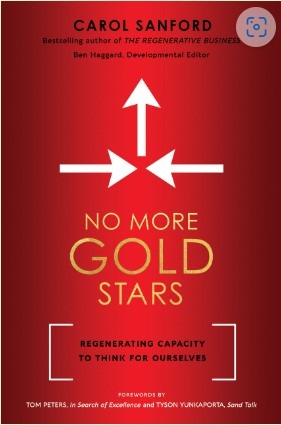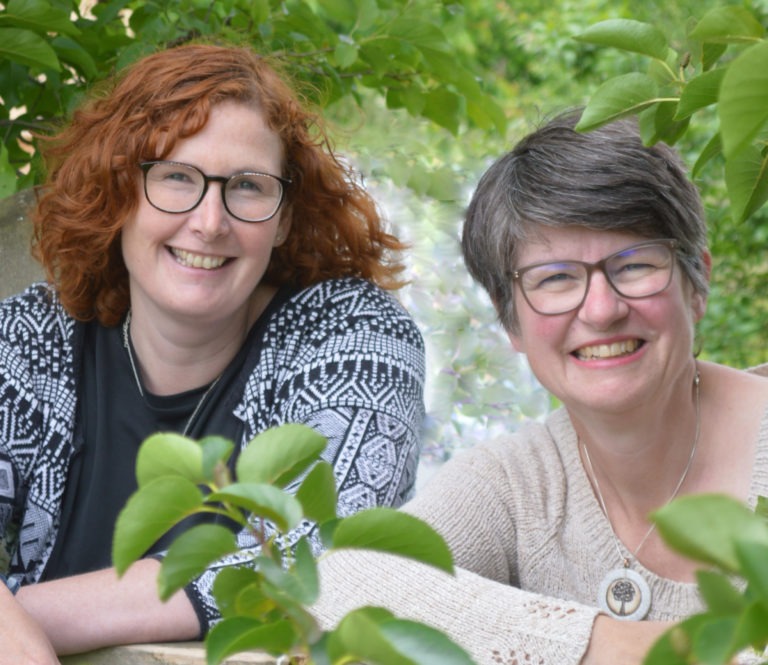
Rooted Leadership talk at Disrupt HR
Want to hear regenerative leadership explained in 5 minutes? Here’s a video of me speaking at Disrupt HR event in Nottingham. If you’d like to
There are patterns common to all living things – these have been developed into a set of principles. Some are from permaculture, some from biomimicry, and other I have simply observed myself in nature, when walking in forests, woodlands, gardens,moors, seashores, mountains and grasslands. They are all around us, hiding in plain sight.
Some of the principles overlap and some contain paradoxes. They are not definitive. In my forthcoming book I will include my own interpretation of them, I make suggestions but I hope you will take from them what you need. I encourage you to discover your own interpretations and your own principles whilst reading the book and during your wanderings outdoors.
Something that has intrigued me when doing the research for the book is how many human studies look into the better ways to experience life as a person, confirm (without realizing) the learning explicit in these principles. This includes studies on psychology, neurology, longevity, communication, human behavior, management, economics and social networks. The more we find out, the more we see how similar we are to trees and vice versa. What works for them works for us at a fundamental level. An example of this is the longevity studies that reveal that people with a supportive network of friends live much longer than those who are lonely, and we see this in trees that are alone versus trees in forests. Giant Redwoods were brought to England in Victorian times but each tree has grown to only a fraction of the height of its American cousins. The reason being that in California they live in forests that support and nurture them.
Many of the principles can also be found in old proverbs and ancient wisdom, for example “slow and steady wins the race”, “make hay when the sun shines”, “your efforts will bear fruit”. Some proverbs might not pass the test, for example “an eye for an eye, a tooth for a tooth”. However, these principles are not mere analogies, they are evolutionary success-stories, tried and tested over hundreds of millions of years.
Each principle applies to living matter, but can also apply to thought patterns and human activities. For example the principle “slow and small solutions” applies to:
– The slow growth of trees and woods
– Growth of animals (each cell division building on the previous one using recognized building blocks)
– Planning for success (like aiming to integrate health eating into your daily life rather than attempting a crash diet)
– Thought patterns (slow and small solutions are less likely to result in frustration, feelings of failure and burnout)
By mimicking life’s patterns we can shortcut success, avoid failure and build resilience.
Six groups of principles have emerged.
Part 1. Observe and interact – principles about looking, learning and being.
Part 2. Live with purpose – principles about doing and growth
Part 3. Create ideal conditions to thrive – principles about needs, wellbeing, health and surroundings
Part 4. Know everything is connected – principles about belonging, connecting, communicating and sharing
Part 5. Develop resilience – principles about surviving, healing, adapting and rejuvenation
Part 6. Invest in the future – principles about regeneration, creating and celebrating
How to use the principles
The principles can be used in many different ways. As:
– a guide to living a happy, health and fulfilled life
– an every-day reference to keep you on track
– a roadmap for going where you want to go
– a source of tools to help solve problems
– a way to make choices and decisions
– uplifting inspiration to know that you are not alone in life’s ups and downs
– a way of seeing yourself in the context of the wonder of life on our unique planet
Many people already use this wisdom. Anne Frank’s diary had an entry about the horse chestnut tree that she could see from the attic window where she was in hiding. She wrote that she was inspired with hope when she saw its bare branches and knew that the tree would flourish in spring. Writers, poets, artists, indigenous peoples and nature-lovers have been observing nature’s principles for hundreds of thousands of years, but it’s time to open up their beauty and power to everyone.

Want to hear regenerative leadership explained in 5 minutes? Here’s a video of me speaking at Disrupt HR event in Nottingham. If you’d like to

In “No More Gold Stars,” Carol Sanford challenges conventional notions of achievement and success. Carol is a renowned business consultant and educator and what struck

This week has felt a little bit epic! I have found myself taking deep, exhaling breaths as I sit with the medley of feelings I have